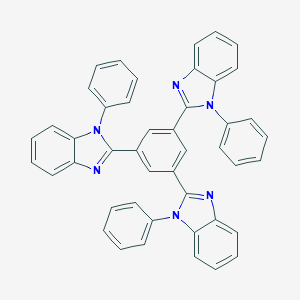-
Categories
-
Pharmaceutical Intermediates
-
Active Pharmaceutical Ingredients
-
Food Additives
- Industrial Coatings
- Agrochemicals
- Dyes and Pigments
- Surfactant
- Flavors and Fragrances
- Chemical Reagents
- Catalyst and Auxiliary
- Natural Products
- Inorganic Chemistry
-
Organic Chemistry
-
Biochemical Engineering
- Analytical Chemistry
- Cosmetic Ingredient
-
Pharmaceutical Intermediates
Promotion
ECHEMI Mall
Wholesale
Weekly Price
Exhibition
News
-
Trade Service
higher levels of natural killer cells are associated with latent TB, according to a paper published online August 23. The discovery raised questions about whether natural killer cells could play an important role in TB infection.
is a bacterial disease and the leading cause of related deaths. Most TB infections are latent, i.e. have no external symptoms and are in a state that does not spread. It is estimated that one-third of the world's population is infected with latent TB, but less than 10 per cent of latent TB cases eventually progress to active TB infection. Nevertheless, little is known about the immune factors that affect the outcome of an individual infection.
To understand the latent immune state and whether it changes after the disease progresses, Yueh-hsiu Chien of Stanford University in the United States, Purvesh Khatri of Stanford University School of Medicine, and colleagues conducted a number of cohort studies that combined a large number of cell counting with gene expression data sets to identify differences in immune cell populations between unencrypted and latent or active TB subjects.
they found that latent TB was associated with more natural killer cells (white blood cells capable of killing specific pathogens) and that latent TB subjects had a stronger antitoxin response than unencum infected subjects. In active TB subjects, the number of natural killer cells is small, but after the infection is cured, the number returns to the baseline level. Nevertheless, the above findings do not prove a causal relationship between natural killer cells and latent TB.
addition, the researchers showed that measuring natural killer cell levels could be used to determine the level of activity and burden of tuberculosis infection in patients, a finding that could help assess disease progress and optimize treatment options. (La Reason: China Science Journal Tang One Dust)







